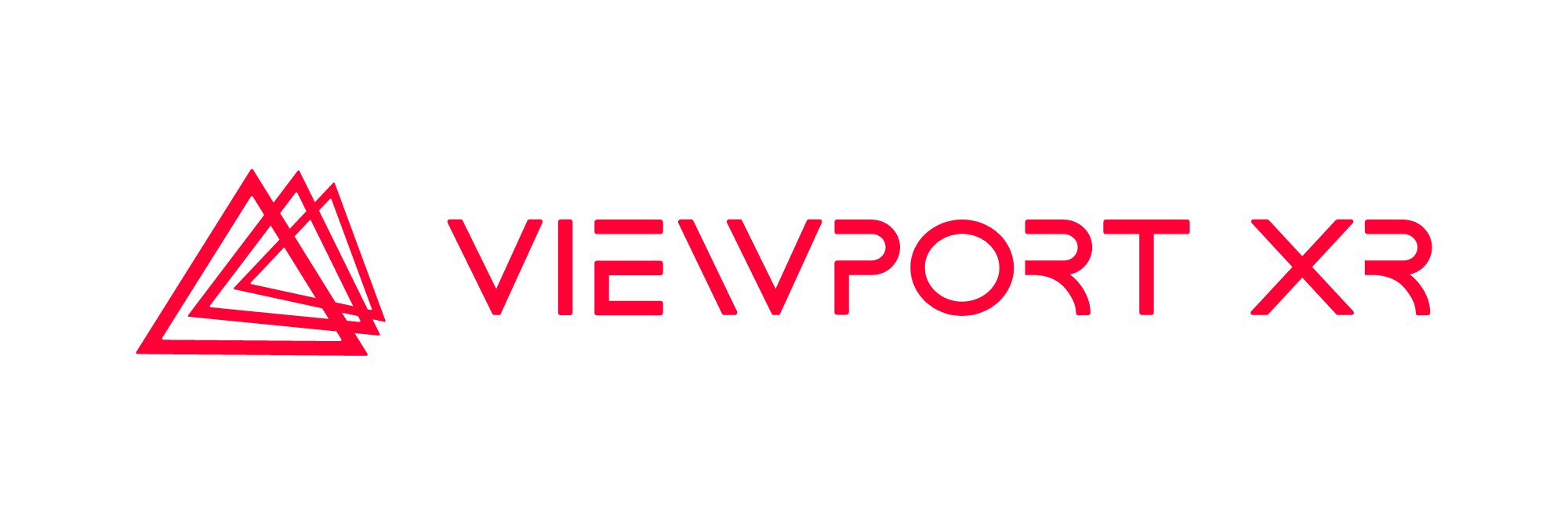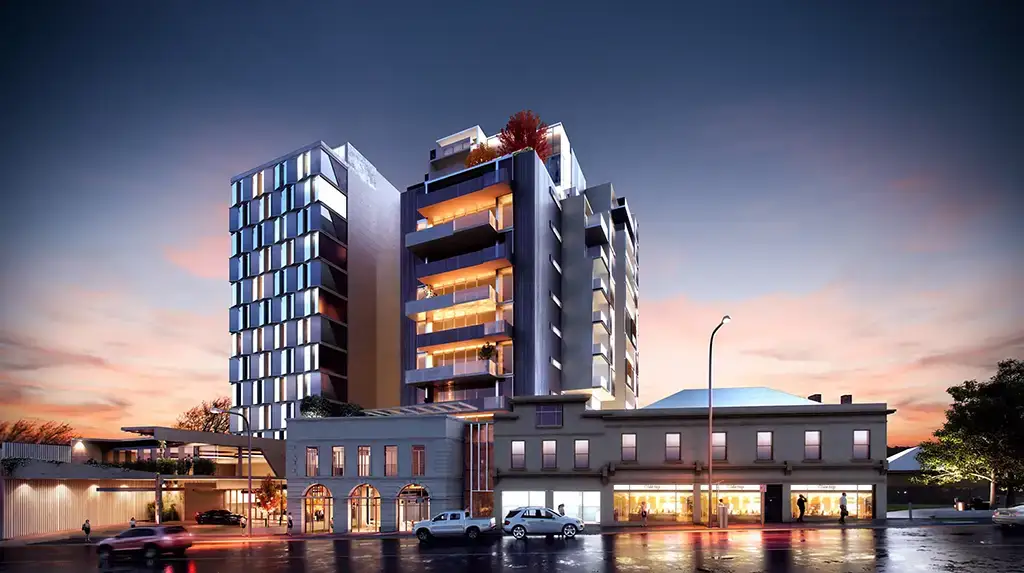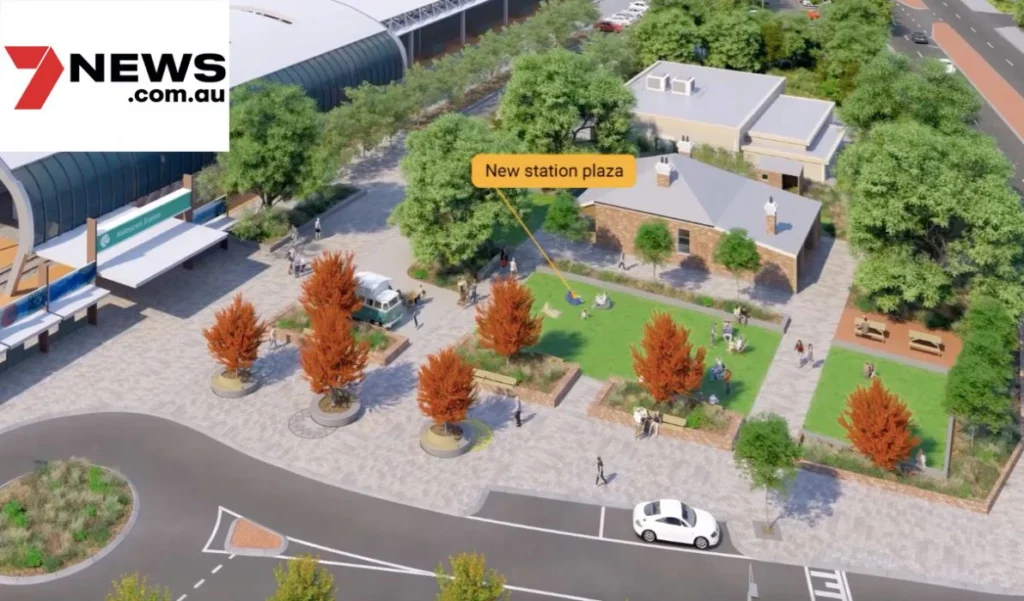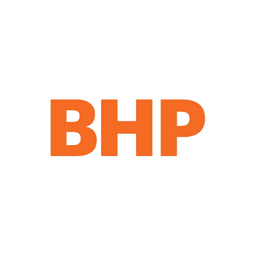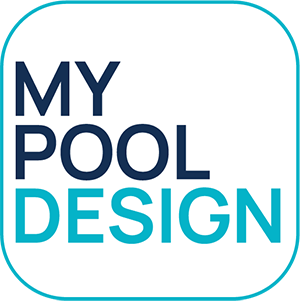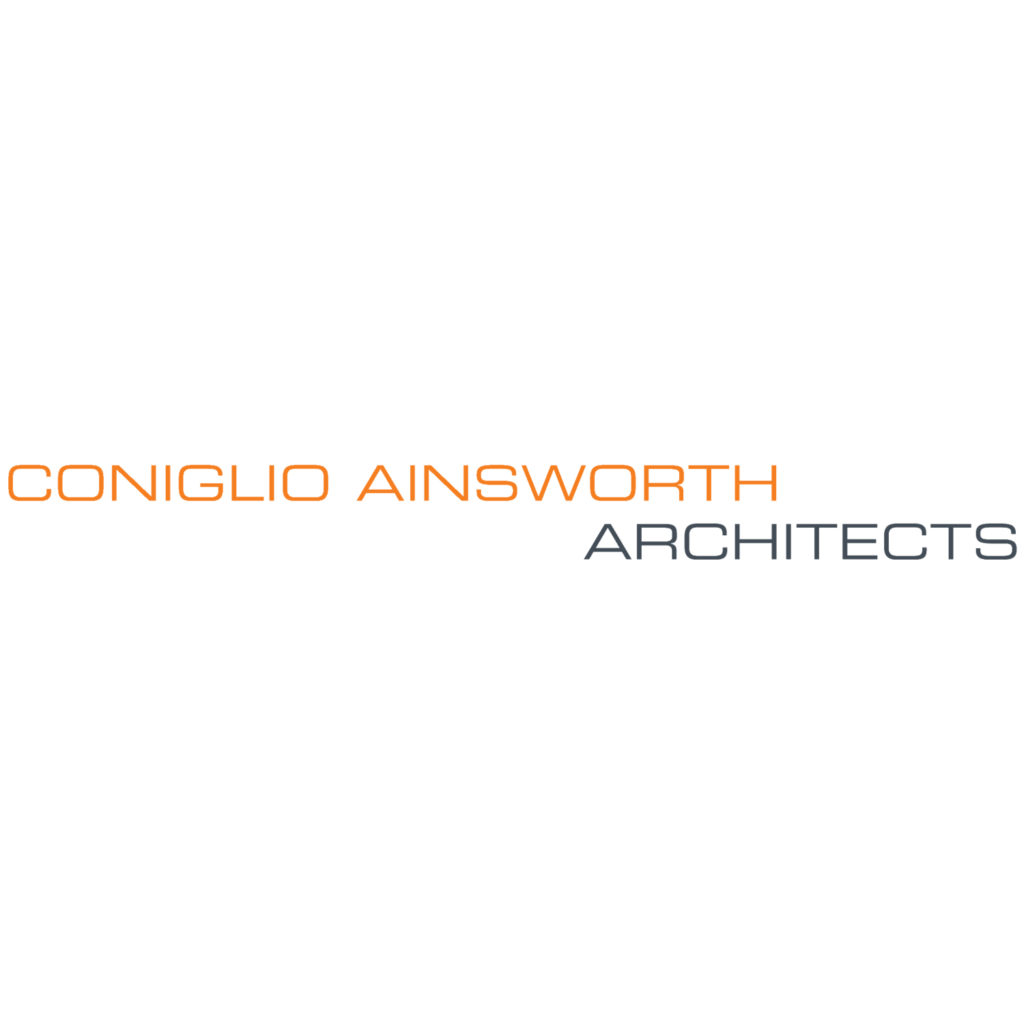Dedication, Flexibility and Partnership
Partnering with Viewport to develop the immersive virtual and augmented reality Mini Mine game for the Resource Technology Showcase (RTS) was a fantastic experience from start to finish.
We set out to create something that would engage and inspire the next generation-and the result exceeded all expectations.The Viewport team brought creativity, technical expertise and a genuine passion for making mining accessible and fun. The Mini Mine game was a huge hit at RTS, drawing in students, teachers, and even industry leaders. The interactive mini-games and clever design transformed the complexity and scale of our operations into something accessible, compelling, and truly inspiring for kids to engage with, while also showcasing the excitement of digital innovation in our industry.
We’ve had incredible feedback from everyone involved and the game has become a valuable tool for our ongoing outreach and education efforts.Thank you to the Viewport team for your dedication, flexibility and partnership. We’re proud of what we achieved together and look forward to building on this success in the future.
